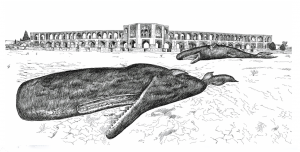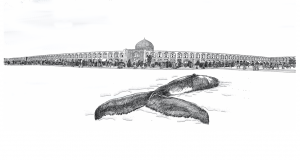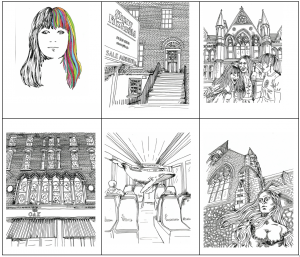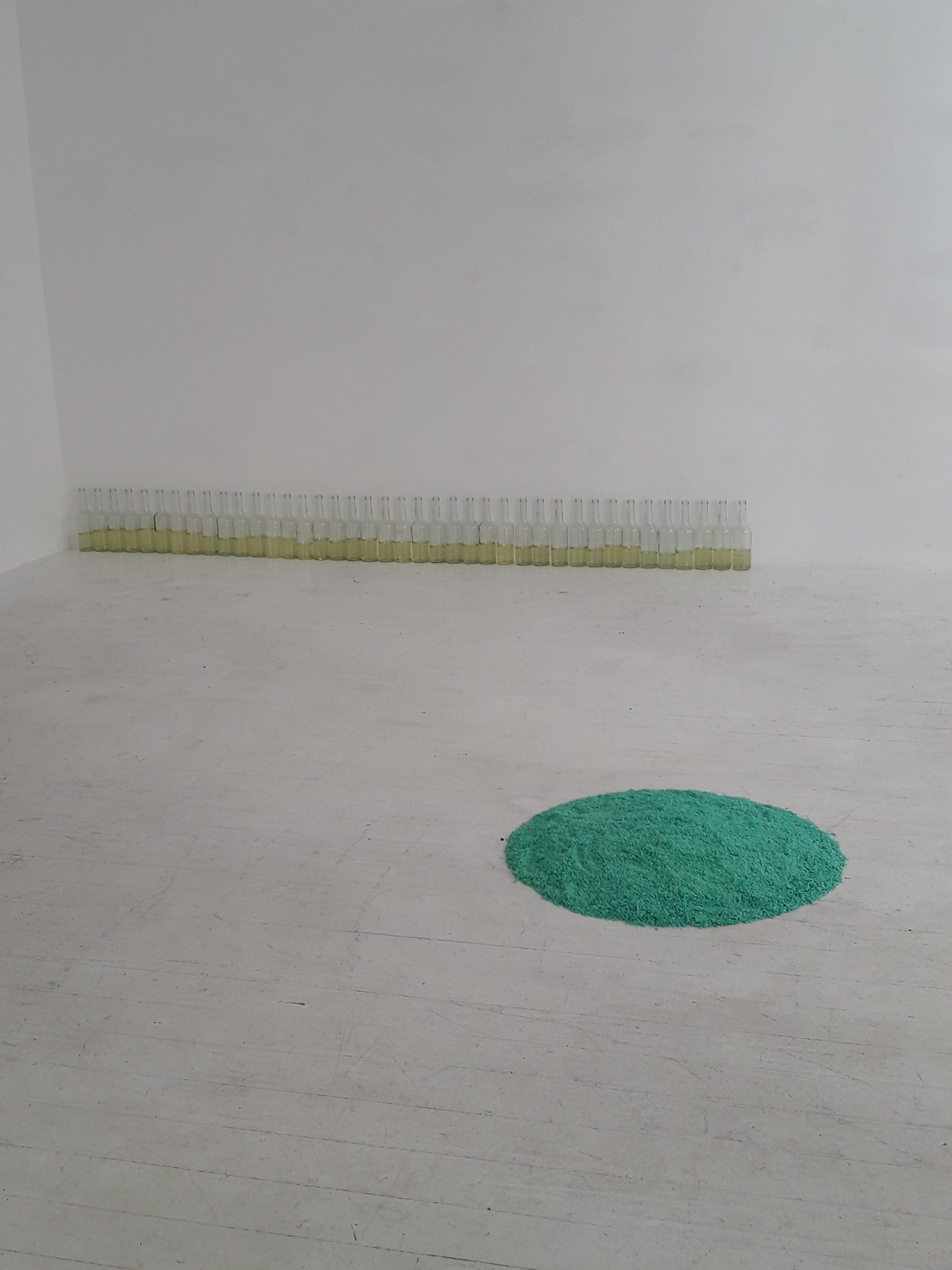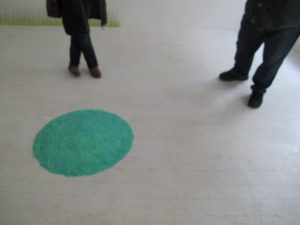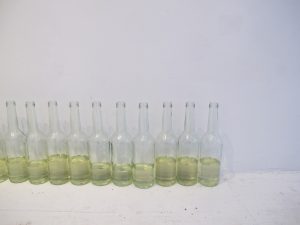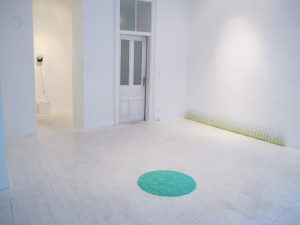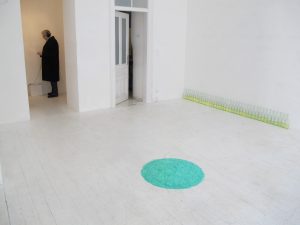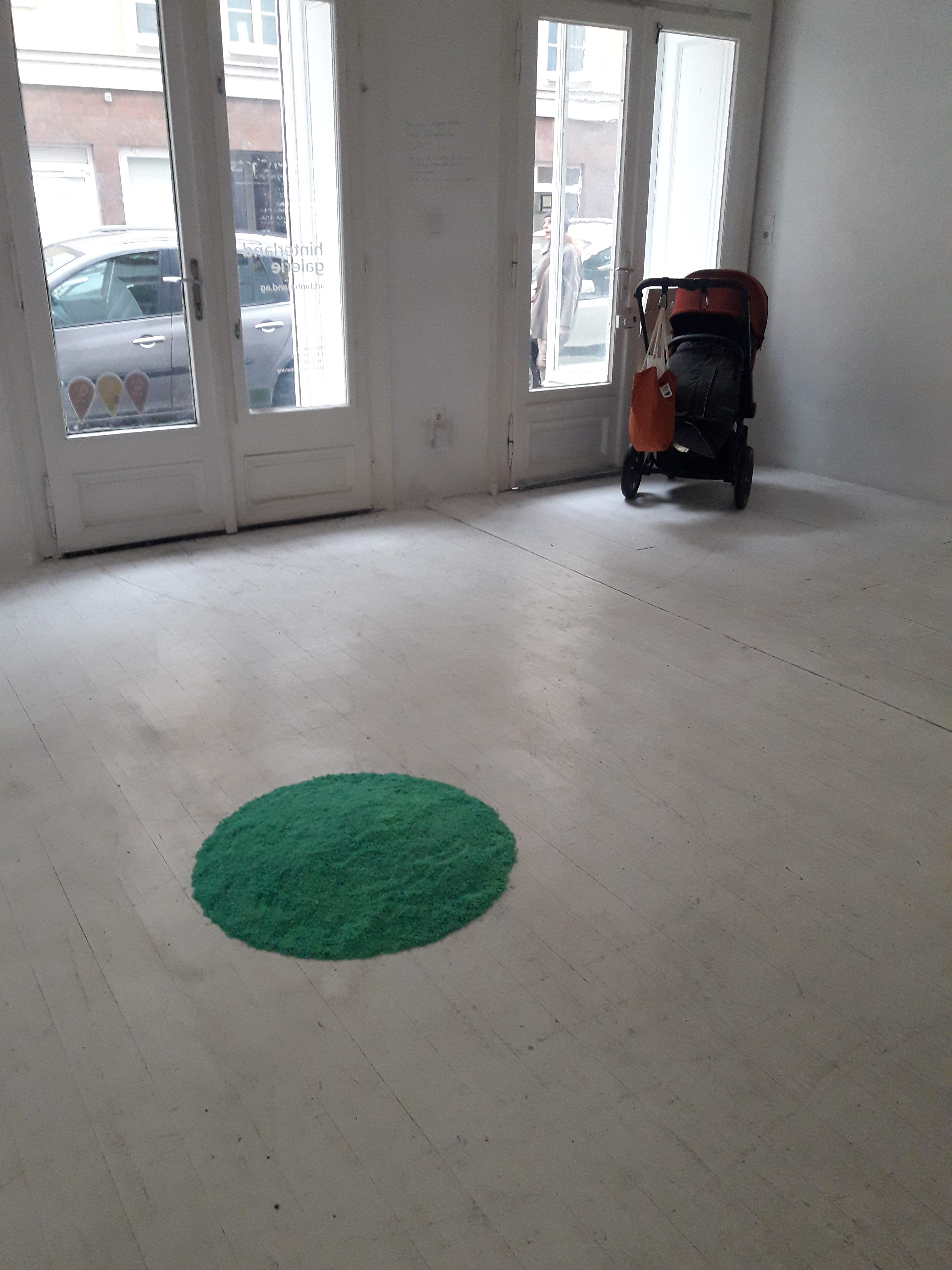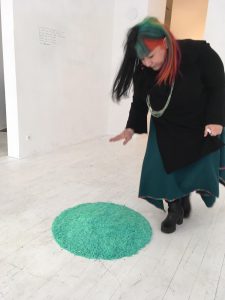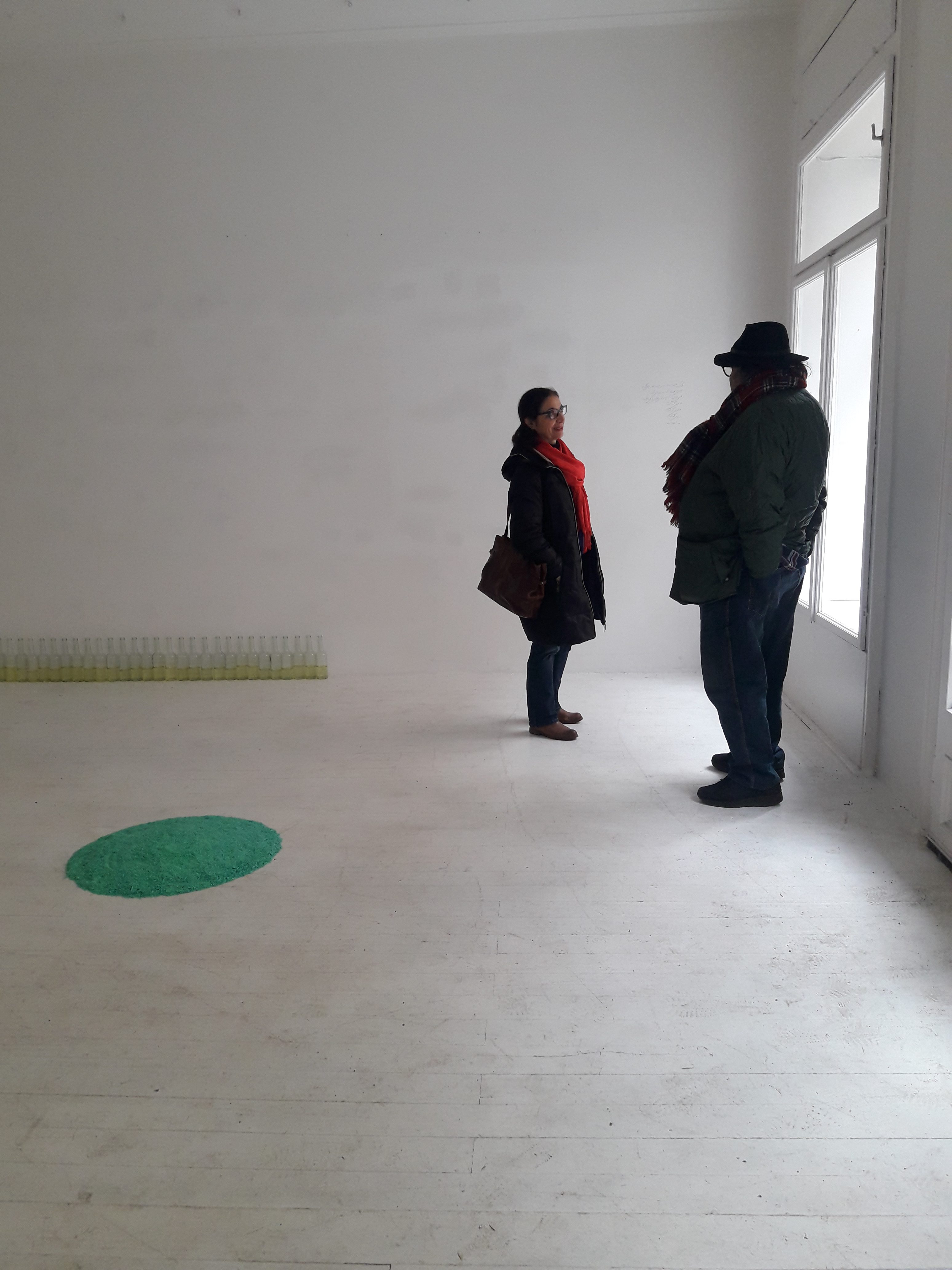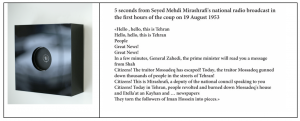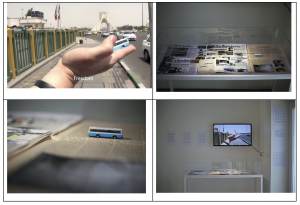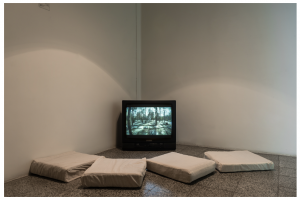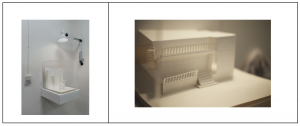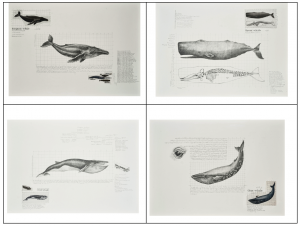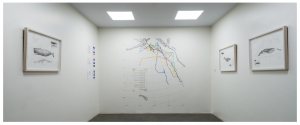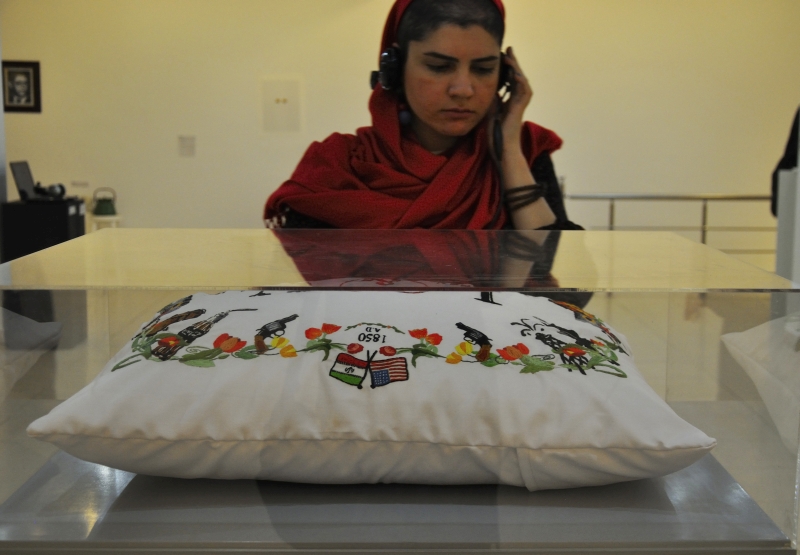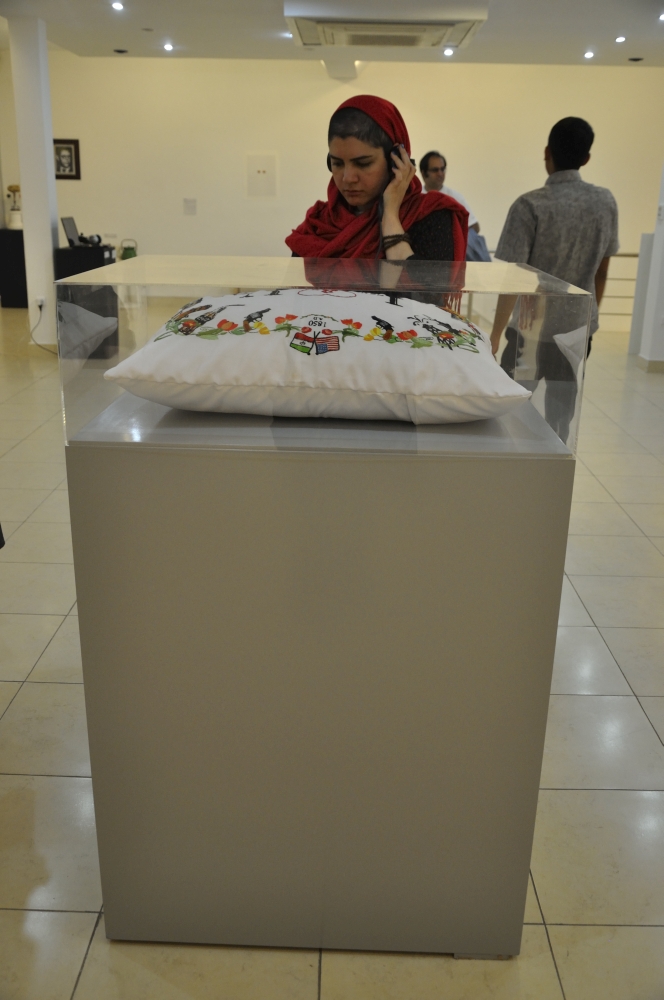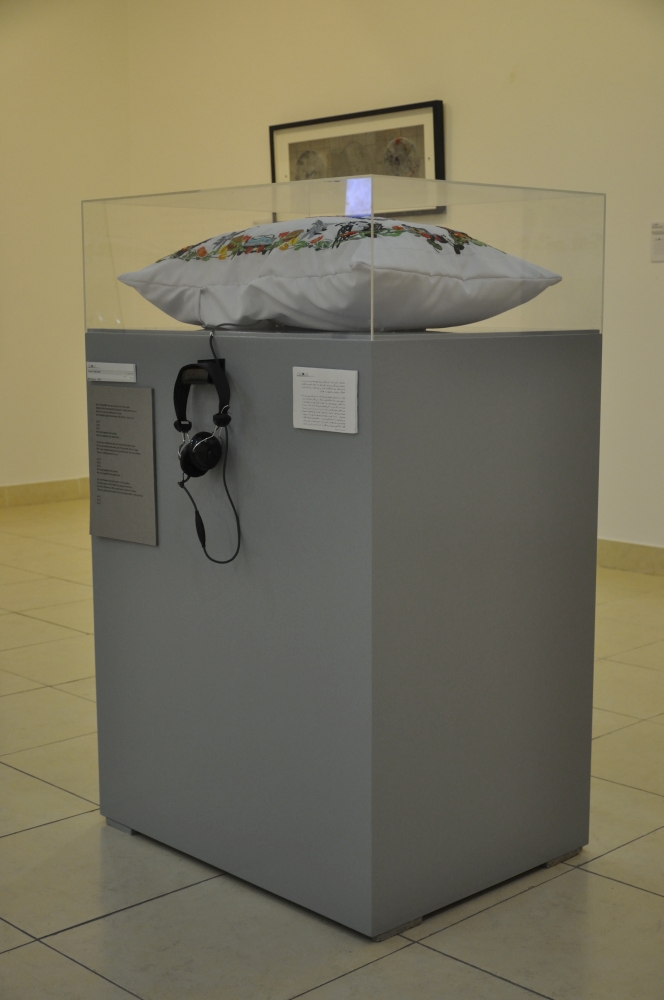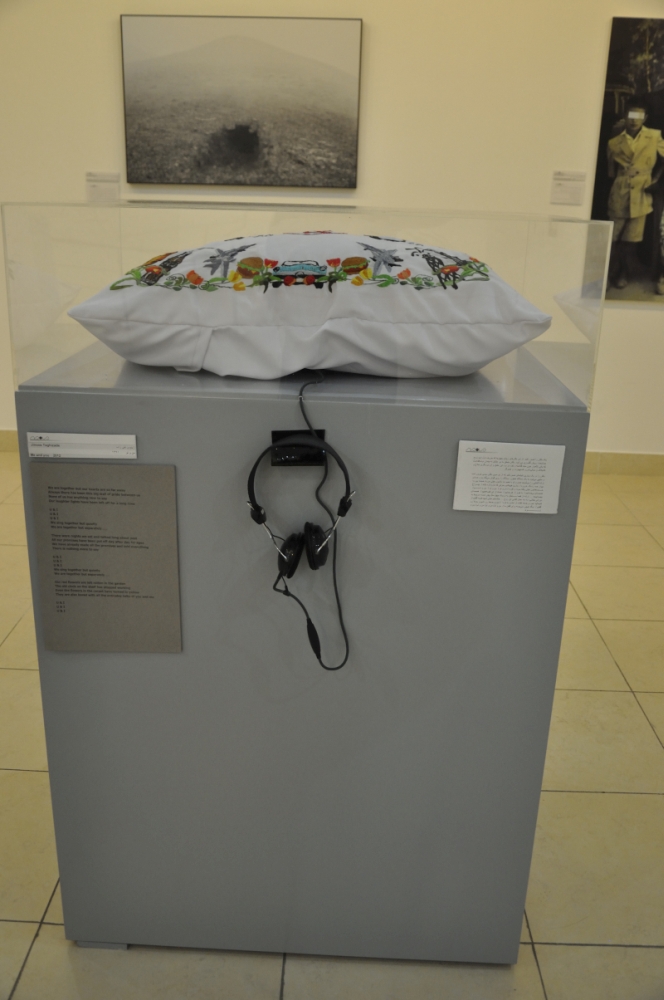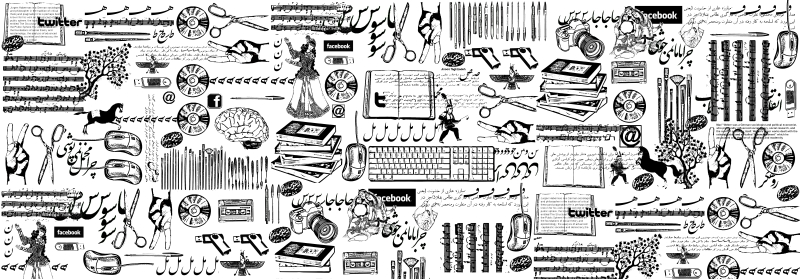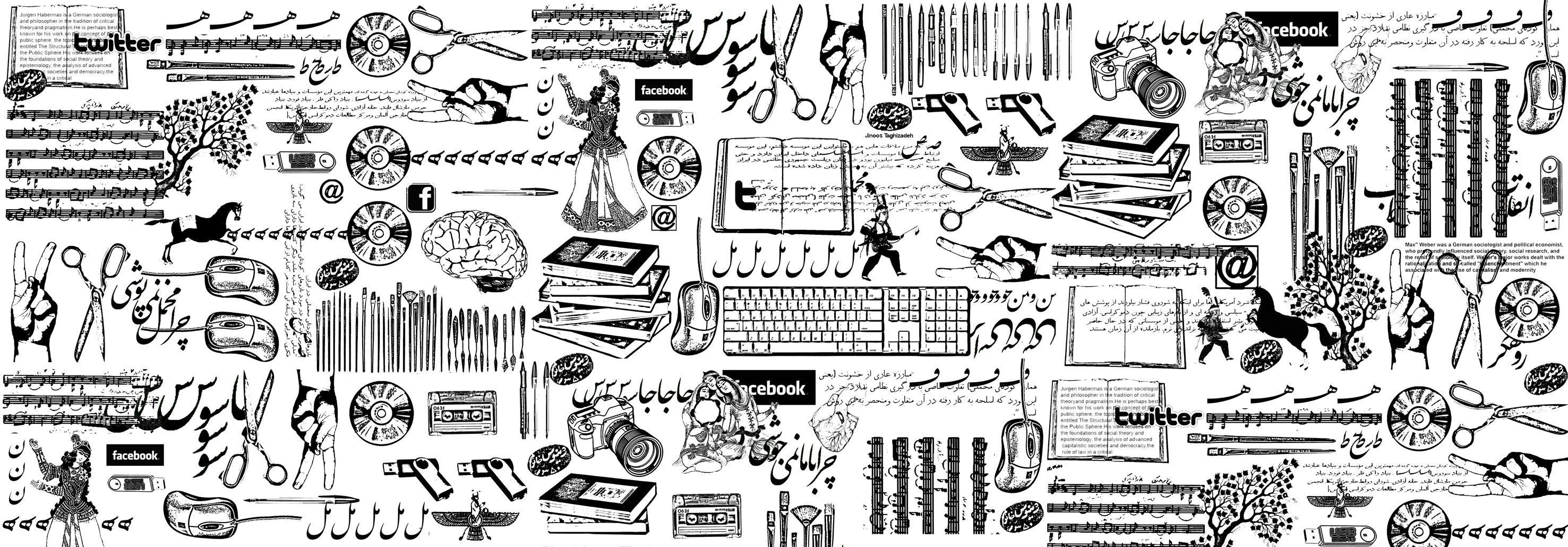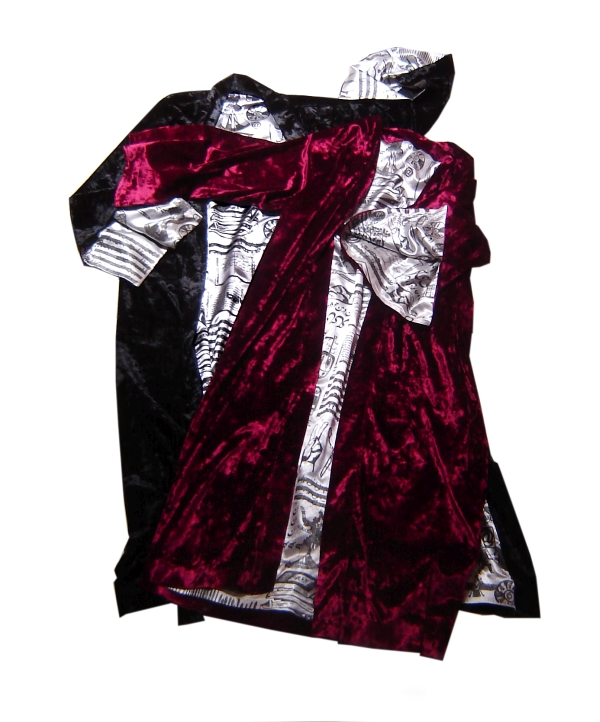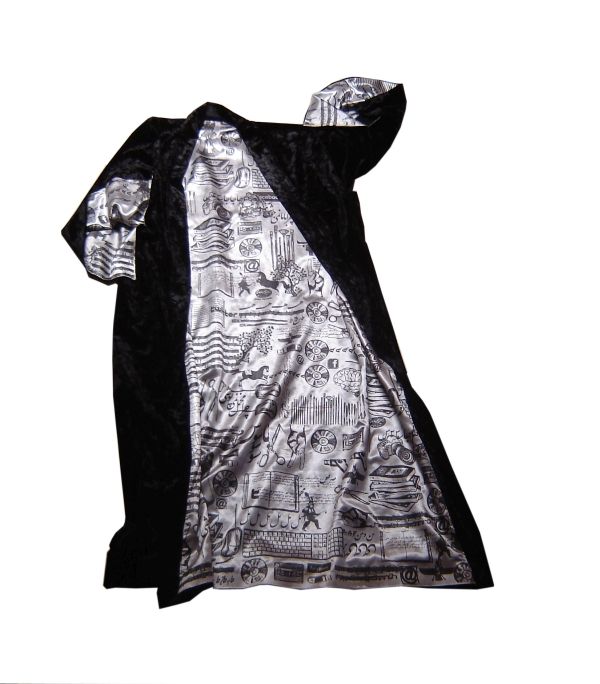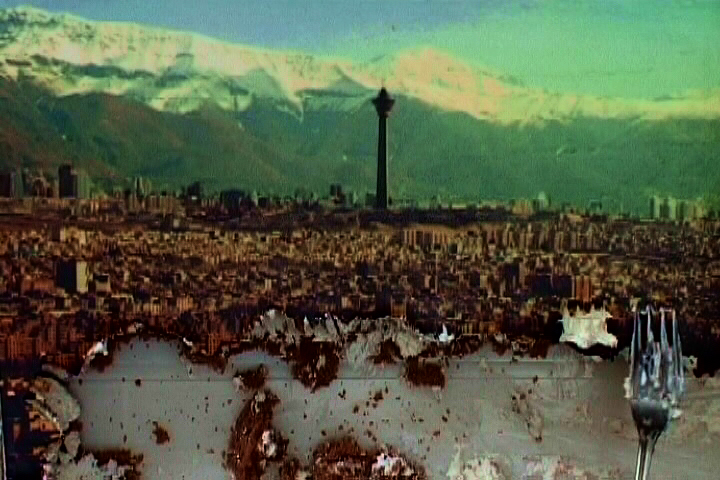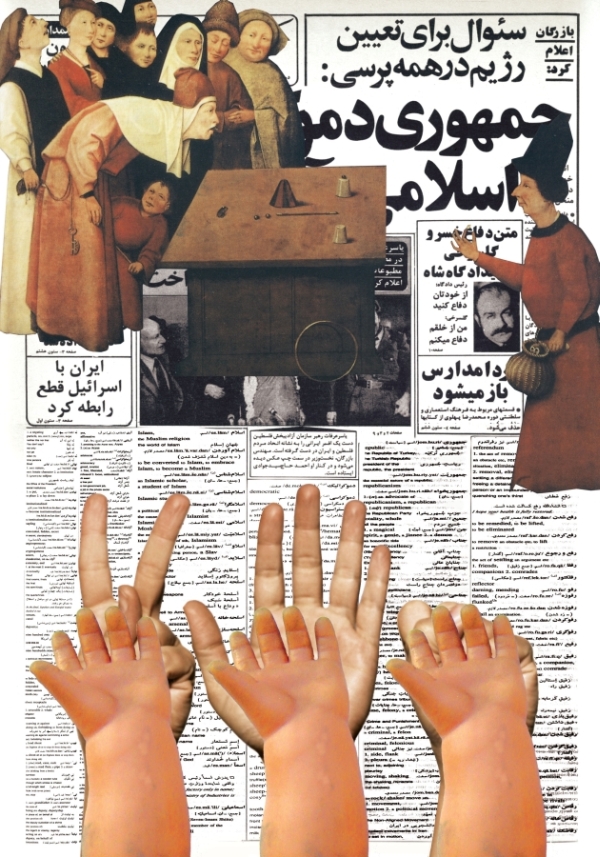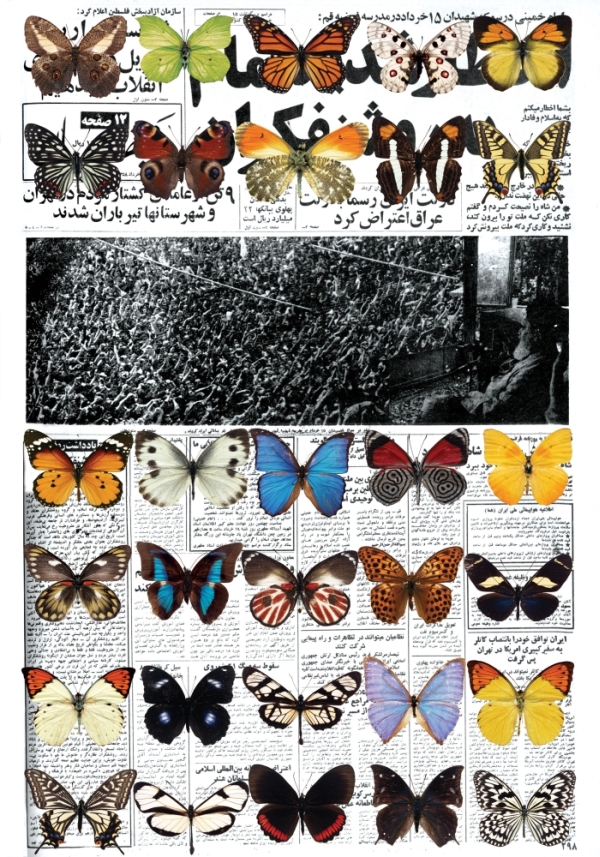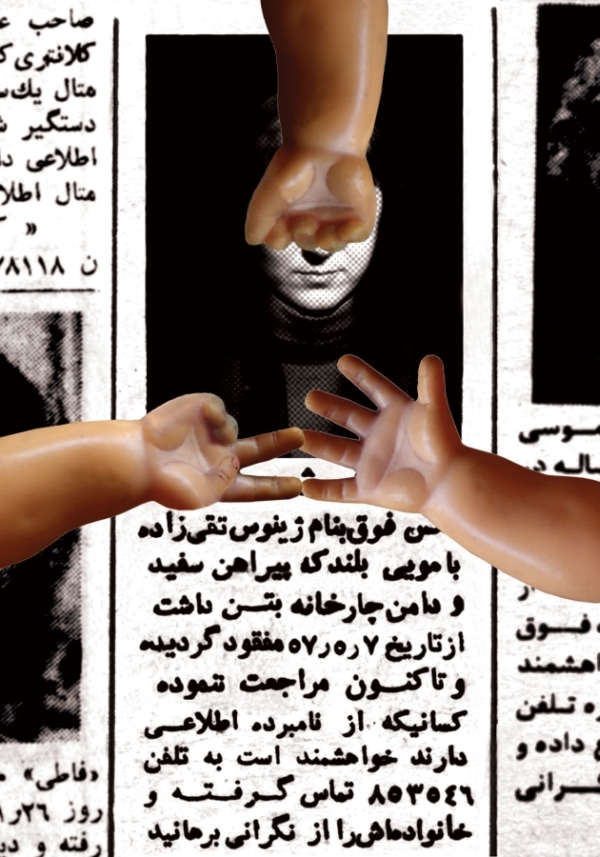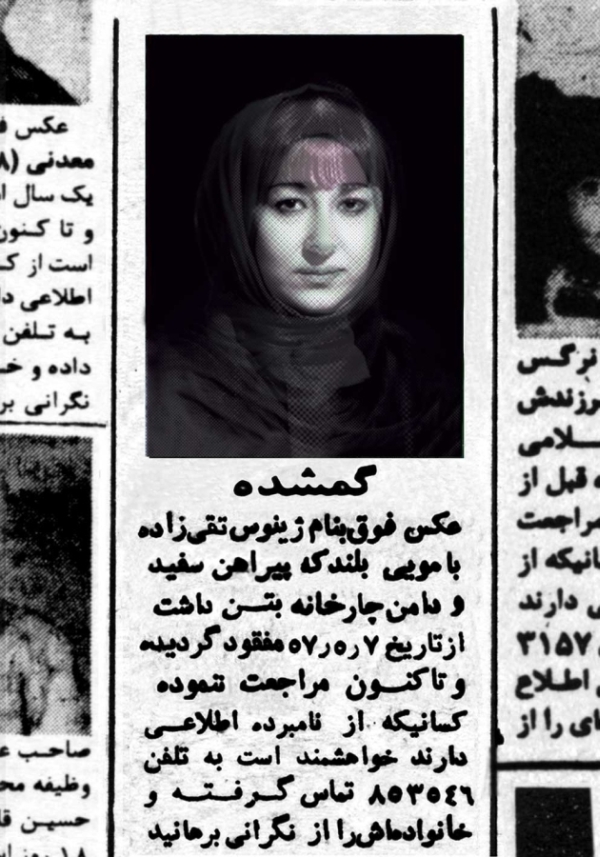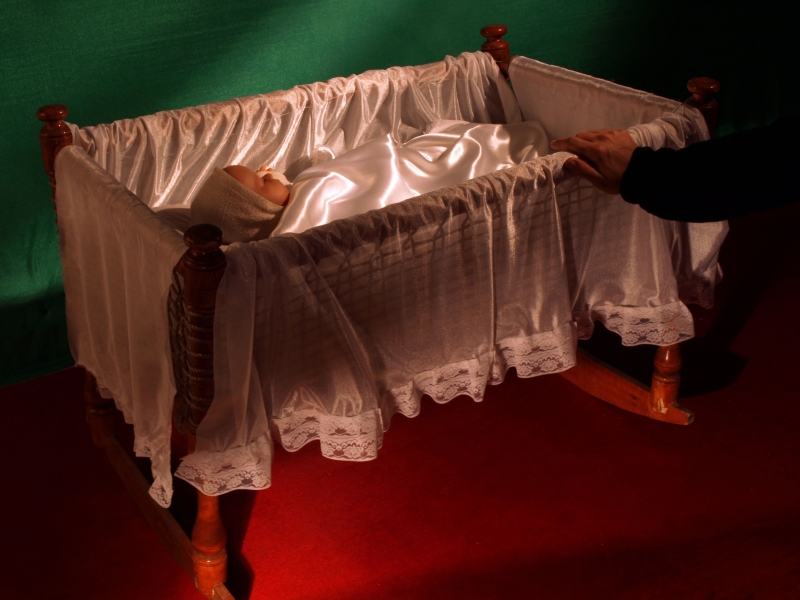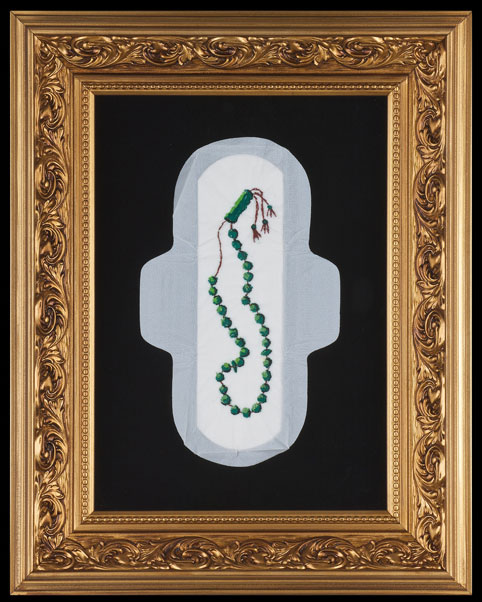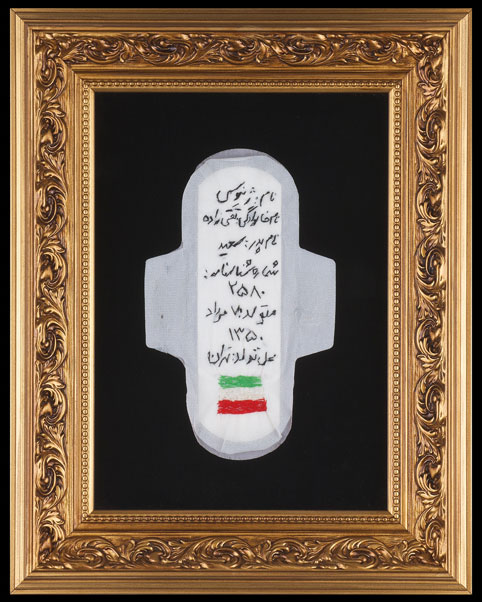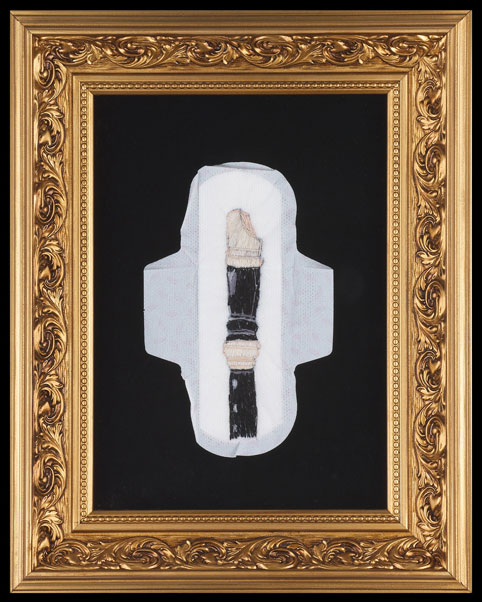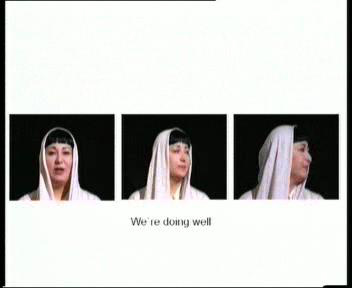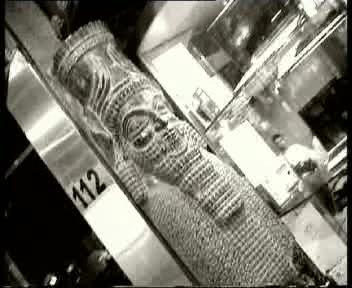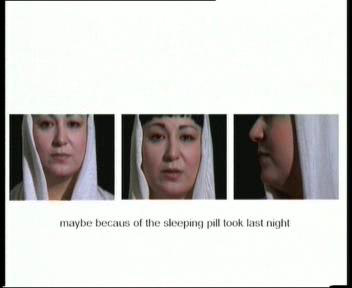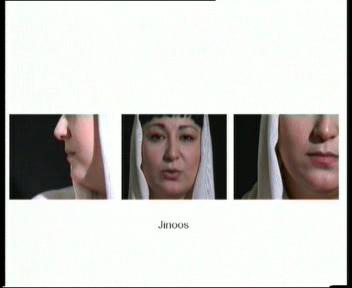Non-Dubliners
Non-Dubliners (coloring book for adults)/ 2017-2019
https://vimeo.com/boldstudios/review/252082354/bdd7f63bc8
http://www.rhagallery.ie/school/rha-studios/avolon-global-studio/avolon-global-studio-year-2/
The Smell of Lily and Jasmine
The Smell of Lily and Jasmine/2019
Seven years-old kid on the way home from school.
The smell of soap which mother is shredding,
The smell of gasoline which father is pouring into bottles
And the smell of cooked meat
And the smell of cooked meat
And the smell of cooked meat
And a “Revolution”
This smell installation shown in a solo show in Vienna. in the exact day of 40th anniversary of the Islamic Revolution in Iran. The name of this show referred to a very famous anthem of the first days of revolution:
“The smell of lily and jasmine is coming/ Now, from home the scent of spring is coming
The departed spirit returns to its lives/ The people’s beloved leader is coming
If the demon shuns, then the angel shines/ If the demon shuns, then the angel shines
Time passes, more bitter than bitter/The sugar sweet time is coming, again”…
https://www.hinterland.ag/previous-projects/2019/the-smell-of-lilly-and-jasmine
https://www.hinterland.ag/the-smell-of-lily-and-jasmine
Open Wiring Project
In open wiring electric systems are not routed through walls, under floors and above ceilings, but placed in surface-mounted conduits and raceways which are visible and directly accessible from the building interior. The open method is used when construction is facing time constraints or when the existing internal wiring network is dysfunctional. In such or similar circumstances, open wiring is a quick way to prevent hazards to individuals and machinery. While open wiring has the advantage of detecting wiring problems with ease, it has two fundamental drawbacks. There is always the danger of broken sheathing and live wire exposure. Wires being in the open, they are also not aesthetically pleasing. The Open Wiring exhibit is a collection of drawings (on old books, newspapers, or architectural drawings), videos, and sculptures that appear unconnected but that are conceptually and mentally related. An open wiring system ties these pieces together — with the help of cleats. Open Wiring is a metaphor for the situation of artists vis-a-vis themselves, their surrounding, and art in general. This is a situation in which the existing network is frayed, unreliable, or nonexistent, and artists are forced to resort to short-term solutions to make ends meet. Works in this exhibit are from the artist’s mind map from 2009 to 2015, some of which form a whole with the other pieces in the collection and some only make suggestions for a better understanding of the whole.
U & I
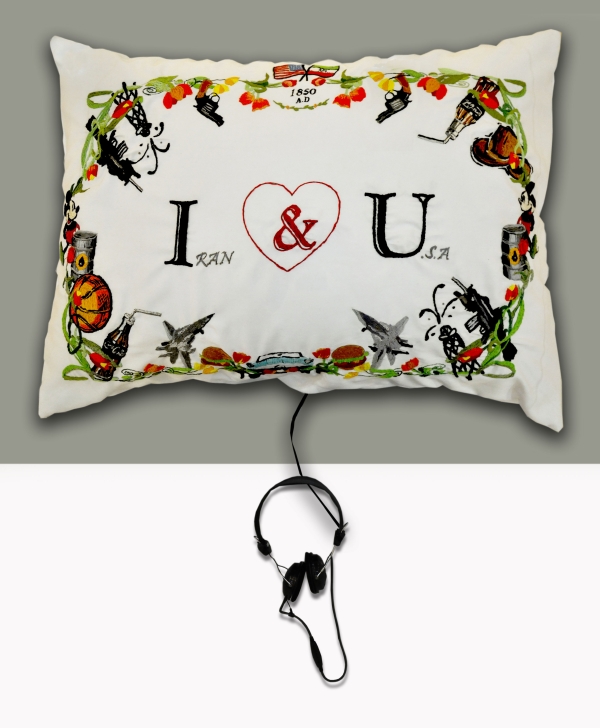
We are together but our hearts are so far away
Always there has been this big wall of pride between us
None of us has anything new to say
Our laughter lights have been left off for a long time
U & I
U & I
U & I
We sing together but quietly
We are together but separately ….
There were nights we sat and talked long about past
All our promises have been put off day after day for ages
We have already made all the promises and told everything
There is nothing more to say
U & I
U & I
U & I
We sing together but quietly
We are together but separately ….
Our red flowers are left rotten in the garden
The old clock on the shelf has stopped working
Even the flowers in the carpet have turned to yellow
They are also bored with all the everyday talks of you and me
U & I
U & I
U & I
“U & I” Photo Gallery

Velvet Ghaba
There is a time when clothing finds an importance far beyond covering and becomes the window for people’s ideas, the absence of Mass media turns it in to a tool; The softness of velvet reminds the rulers of individuals who chose to believe differently, clothing becomes a media to express art , far beyond fashion.
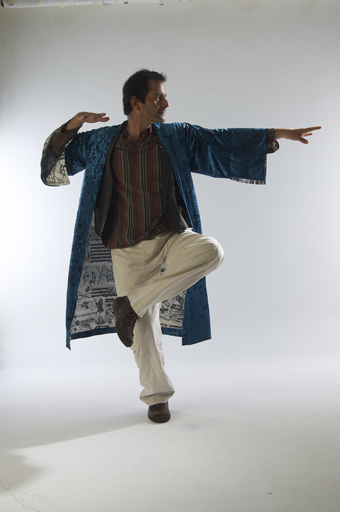
In the series “ Velvet Ghabas “, clothing embodies media and shows up in form of Ghaba; Ghaba’s were worn by the elite of the country and here it is again worn by same people and within it’s inner layers depicts designs that are the signs and symbols of the “others“ . Ghaba was the clothing of eminent men of the country and was often used to cover musical instruments .The instruments became smaller so that they could be covered up, but the music remained with the help of Ghabas.
In this story what is underneath the Velvet Ghaba’s will remain protected despite the harshest pressures and controls. And that is the magic of Persian culture.
“Velvet Ghaba” Photo Gallery

Fatness upon Fatness – 100
They Devour, consume and get fat; fatter and fatter…nobody likes them…they want more and more. They have to stay strong, they have to devour, they need to satisfy their appetite. They are short of breath and are breathing heavily. They are tired but they are still devouring like a sick person, they consume.

We are alike: this city and I. We grow up together, we reach everywhere together, we devour all that surrounds us together and lie down but there is no tranquility. We destroy…we are restless. We destroy from within and without; hopelessly. We increase in size; we get to be giants and with this growth we destroy ourselves from within. We destroy in order to rebuild, we are re-born out of what we have destroyed…we want everything out of limits; we want the buildings to reach the skies, we want vastness as far as the eyes can see, we want destruction to be endless and death be complete. May we be born again out of death. Something might begin when it all ends. What is born though might be an unknown; incomprehensible and strange. We have no other alternatives.
My body has spread along the foothills of the Alborz mountains. Large and fat is my city, we are alike and as for me: “whatever I touch in this city brings me pain”.
* From poem The Horses, Garrous Abdolmalekian
“Fatness upon Fatness – 100” Photo Gallery

Rock, Paper, Scissors
Parallel accidents, parallel images, and parallel lines of the railroads leading to places that I do not know.
Parallel incidents, parallel sounds, and parallel columns of the newspaper informing me about people and places that I do not recognize. Parallel narratives, parallel faces, and parallel shapes on a 30cm ruler that I shake in my hand, and with each movement an image appears, and another disappears in between the parallel lines. Parallel to all these things reminiscent of thirty years of anxiety that parallel compilations in cinema depict. A parallel anxiety in the 30 year-game of “Rock, Paper, Scissors,” in which I am destined to choose the Paper at the risk of being cut by the Scissors, with the parallel Rock that I am determined to wrap, if the Scissors allows. A childish game of all these parallels, which with the slightest movement, hesitation, or a momentary lapse, changes its role, and whatever the new role maybe, it will certainly be predestined by the grown-up game.
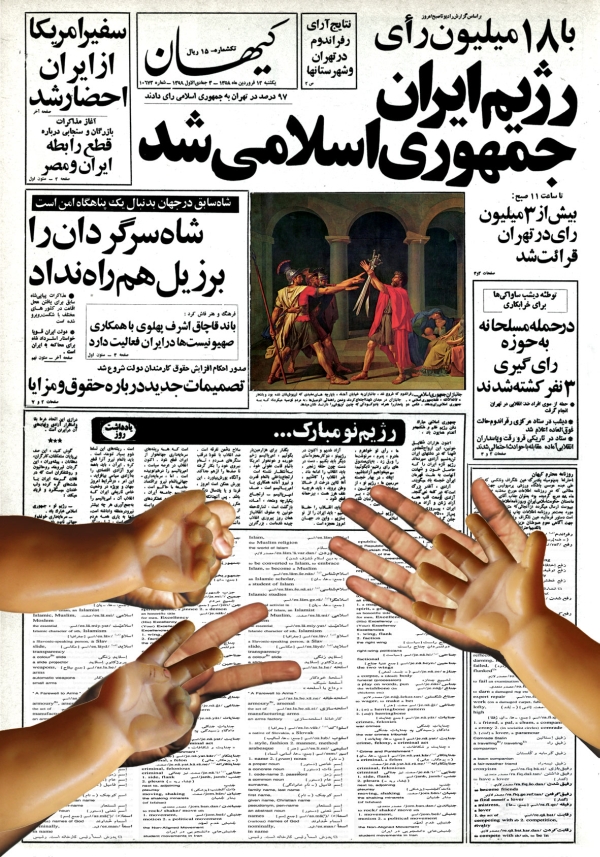
Occasionally, I dream of one of them, the dream of those whose pictures were shown between 4:30 to 5:00 p.m. before the Children’s Program on Channel One, the dream of one of those whom we were told that “she has left her house and has since not returned.” I dream that I have coincidentally seen one of them somewhere, in a shop, in the alley or on the staircase, with a face covered in print-letters, staring me in the eye. In my dreams, I want to jump and call someone to say that I have found one of the “Lost Ones.” I do not remember if I had seen her image on “The Lost” TV program or in my father’s newspaper, the paper that was passed from hand to hand and whose important sections were clipped, and I could read the words of “Fire,” “Blood,” “Machine gun,” “Firing squad,” and the “Yes and No.” Those days of 30 years ago, I imagined that my greatest life duty was to gaze at the eyes of “The Lost,” and to memorize them well, so that one day, somewhere, I would find them and relieve a “family’s anxiety.”
I still dream about them, many are children – perhaps grown up now – and the aged whose description says “with slight absent-mindedness…” I see one of them more often, sometimes in a shop’s display window, or here in my room, with a straight bang, small eyes, wearing a checkered skirt. For 30 years, I am embarrassed to tell anyone that I have found one of “The Lost.”
“Rock, Paper, Scissors” Photo Gallery

Unfinished Puberty
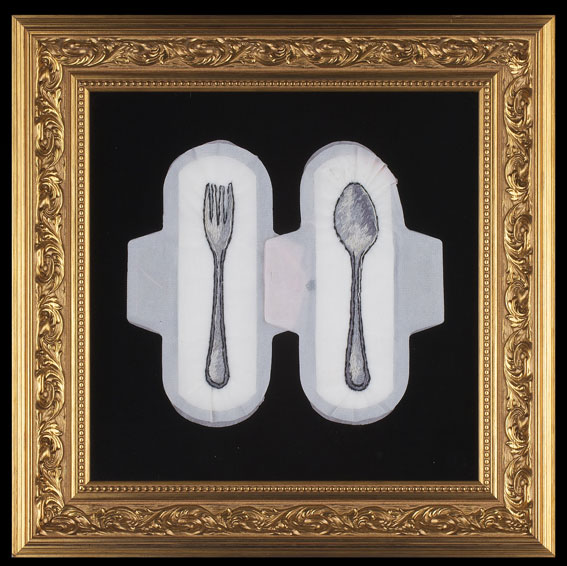
It is left unfinished. There was no heart and soul to finish it off as there was no hope of exhibiting it in Iran. No official or unofficial gallery would hang such things on its walls. Things which tickle social and moral taboos. The official ones know where they stand and the unofficial ones prefer to do simple and easy works which do not raise hell either with government agencies or their viewers. They have to be something beautiful, acceptable and saleable. But these works draw frowns from both friends and acquaintances.
Its idea came to me after the Abu Reyhan series when I had placed all my daily belongings on the copying machine. From my painting materials and unwashed glasses to dead cockroaches and wrenches and necklaces and … then my sanitary pads stained from various days with drops of light or heavy blood on their surfaces. Bloody sanitary pads as that part of womanhood which must always be hidden.
I remember the first time I got my period at twelve; my sister gave me Letter to an Unborn Child by Oriana Fallaci to read. It threw me into a womanly world with its musts and must nots and its shares and boundaries. Even though gradually I found out these boundaries were more pronounced on this side of the world. From that day I had to become a wiser girl and acts appropriate for boys were not so for me. One by one the boys in our street would be killed in the war and our part was to cry and embroider infant bibs in the arts and crafts session at school. We got older and our share of life was determined. It was decided that the men, however they wanted, run the world with money and politics and we, beautiful and kind and patient and quiet, help them out without a vote nor an opinion. All that was wanted of me at home, school and television, was being a woman in its sole sense of the word but only as far as it pleased men, flashy and attractive. The ugliness of womanhood to be ours in private. Seven days of the week, the blood which we should have thrown up on the manly world filled with war and money and politics and advertisements, we would quietly shed from below without anyone seeing so that our mysterious womanhood which was inspiration for their literature and art and knowledge and politics, not be diminished. The monthly period, seven days of unsightliness and ugliness, neither worthy of holy figures nor of cinematic stars. Seven days of sole womanhood, forbidden to bed and love and mosque. Seven days of creation.
It is now twenty three years since I became a complete woman. I went to school and throughout the month I work as much as men do to make a living and it is only during these seven days when I recall my being a woman. I embroider my sanitary pads, delicately, womanly and tastefully. I embroider my dailies, a watch, spoon and fork, a dead fish, money, birth certificate and newspaper headlines so that golden embroidery around the blood stains… I embroider and men still die in wars.
I wanted to call it Puberty. When it remained unfinished I named its folder the Unfinished Series and now I call it Unfinished Puberty although maybe I’ll finish it with the excuse of an exhibition on the other side of our borders. Twenty three sanitary pads embroidered carefully in golden frames, flashy and attractive. They like this kind of work, works which we (Easterners) can’t exhibit in our country, they call them “underground” and maneuver them to tell their own without looking for the why of their non-exhibition or remembering that they too do not exhibit certain things. They know very well how to make an advertising toy out of anything. And if it has a womanly feel due to the term “feminism”, it is then separated from human concerns and only the political advertisements of an Eastern woman are associated with it. I proposed this series to several foreign exhibitors. They too did not show it. The sky is the same color everywhere. They too want works from Easterners which smack of being Eastern and objection and limitation and … to be shown in museums as contemporary Eastern oddities which apply to different tastes. Unaware of the fact that humane words have no geographical borders and boundaries and at any rate the sky cannot be seen from underground.
“Unfinished Puberty” Photo Gallery

Messages
“Messages” is a ten-minute video project made up of three parts and three messages, messages such as those sent over mobile phones or the Internet – however over the image of the message’s owner; over my image. The image has been divided into three frames and in each is a shot of my face, from the shoulders up, like employee photographs and the only movement is that of transition from frontal to profile like the mug shots at a police station. Happy and calm I send a not-so happy message to an unknown recipient. I send news of going into a coma which is trivial and mild and I hope for its rapid improvement. A coma which is absolute and there’s not much hope of its improvement in reality. A naïve hope for the improvement of the situation.

After the first message, black and white images are seen from the wandering eye of the camera which searches in the streets of the city, sometimes slowly and dragged out and at other times fast, rushed and agitated and records images which are sometimes illusionary from the lines on the carpet underfoot, it rests on the lines of the sidewalk. From the motorcyclists and military men and accidents, from the people and the technology-filled bazaar and slow business, from sitting in cafes and streets and its trees from the end and while sleeping… over these images the sound of breathing is heard, the sound of heavy slowing breathing. The sound of comatose breathing under the oxygen tent, an oxygen the presence of which is not heard.
In the next message the face is not so smiling, it is tired and wants to hide this tiredness and tells of a headache which is probably the result of sleeping pills. But it says that it woke up in the morning with a smile for it may have seen a good dream. This time, believing the situation, she wants to exude a bit of inkling of hope and finding a way to escape the situation.
Again black and white images and the city amid which cockroaches are dying and cuts of meat hanging in its butcher shops can be seen. Bookstores and hesitation over the names and faces of writers and intellectuals, dolls hung over the doorways of shops not so unlike cuts of meat. And the stare of the camera with its heavy breathing descends the stairs into the depths of the ground.
In the next message the image is neither happy nor hopeful. It is broken and near tears and sends a simple message like the voice which telecommunication sends over the mobiles. It is that I am not reachable and all lines to my destination are busy. It believes its situation. There’s no hope.
Everything in everyday life is perhaps a sign of a greater reality. That is why these simple everyday messages can be revealing of the general situation and times of which we are a part. In “Messages” I present my everyday with just a little dependence on symbols.
This work was exhibited in July of 2006 at Tarahan Azad Gallery.
“Messages” Photo Gallery

